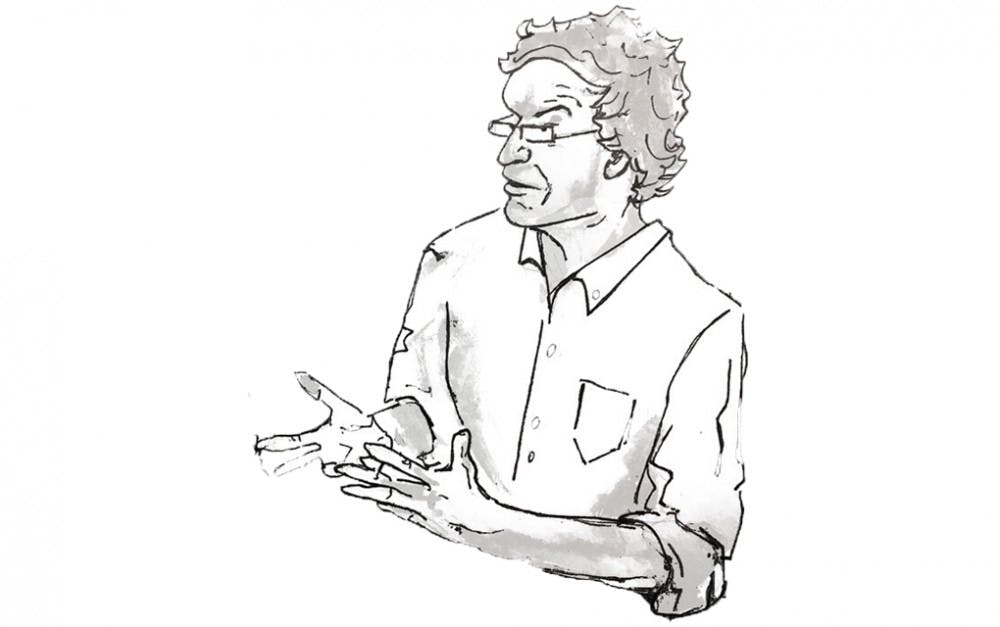When it comes to partisan control of the presidency, House and Senate, we are experiencing a level of volatility not seen since the post-Civil War era more than a century ago. Of the eight possible configurations of majority party control, the country has cycled through six of them since the 2000 elections. If political science forecast models are to be believed, the upcoming 2018 midterm elections are likely to give us a seventh variation of this pattern, with Democrats winning a slim majority in the House while Republicans barely hold onto the Senate.
What explains this pattern of instability and why is next week’s election unlikely to change it? To answer, it helps to understand what typically drives the midterm vote. Since 1938, the president’s party has lost seats in every House midterm election save two: 1998, when Bill Clinton was in the midst of the Lewinsky impeachment, and 2002, the first midterm after the 9/11 terrorist attack. The average loss across all midterms during the last eight decades is 29 seats in the House and about 24 if we restrict the analysis to the president’s first midterm. Barring an event of magnitude equivalent to impeachment or a terrorist attack, there is no reason to expect this prevailing pattern to change; if history holds, Democrats should gain enough seats to recapture the House, albeit by a slim majority. A similar loss pattern affects the Senate — on average since 1938, the president’s party loses four seats during the midterm. However, there are more frequent exceptions when it comes to the Senate and, as I explain below, there is good reason to expect this year to pose an exception to the prevailing Senate seat loss pattern.
What explains the midterm loss phenomenon? Political scientists have developed three related explanations. The first is the “surge and decline” theory, which posits that, compared to a presidential election year, the midterm turnout is smaller and less likely to contain the independent voters who supported the president and his party two years earlier. A related explanation suggests that midterms often serve as a referendum on the president’s first two years. From this perspective, as the newly-elected president’s “honeymoon” with the voters inevitably erodes, his approval drops and midterm voters react by voting against his party. The third explanation is that the midterm provides Americans with an opportunity to “balance” control of our major governing institutions, by giving the presidential “out” party greater representation in Congress. Of these explanations, I believe that in this era of deeply-polarized and ideologically well-sorted parties, the balancing explanation carries the most weight. Simply put, the largely moderate, centrist public expresses little faith in either political class, including their elected representatives in Congress, to say nothing of the president, and reacts by making sure neither party has enough institutional control to enact its more extreme political agenda. That preference for divided control should work in Democrats’ favor this fall.
So much for why Trump’s Republicans are likely to lose seats in the House — how do we know how many? As with presidential elections, political scientists have developed forecast models that while simple in construction, have proved remarkably effective at predicting aggregate House and Senate seat changes. Typically, these models focus on “fundamentals” — how long the president’s party has held on to the White House, how many seats the president’s party has exposed, and some measure, such as the change in disposable income, of how voters are doing economically. Note that most of these variables are fixed in place long before the events that cable news pundits proclaim as “game changers” — Kavanaugh! Caravans! Pipe bombs! — have even occurred. Although the models differ somewhat regarding the variables utilized, all are predicting Democratic gains ranging from a low of 27 House seats to a high of 44, with a median gain of 30 — a number that sounds about right to me and which would give Democrats a modest House majority.
What of the Senate? Political scientists have constructed similar forecast models, premised on the same theories and using similar variables, but here the margin of uncertainty is much greater, since outcomes in Senate races are more likely to be influenced by state-specific factors, such as candidate quality. There is an additional complicating factor in this cycle, however: Democrats are defending 26 Senate seats, and 10 of those states voted for Trump in 2016. This is the most Senate seats ever defended by the “out” party, and it raises the question of whether the high number of Democrat Senate seats at risk will mitigate the Party’s gains. Political scientists think it will — the models suggest a modest 1-2 Republican Senate seat pickup — enough to retain their slim majority.
If these predictions are correct we are in store for still another configuration of divided control of our governing institutions, which almost guarantees two more years of partisan bickering, legislative gridlock and deep dissatisfaction among voters. And if Democrats win the presidency in 2020, while retaining control of the House, and Republicans hold onto the Senate, the country will have cycled through every possible permutation of government control in only two decades. Contrary to the constant claim that Americans are hopelessly divided, it seems instead that they share a deep conviction that both major parties are out of step with their ideological and policy preferences, and that Americans trust neither party to govern for very long.
A Pattern of Instability

Comments

